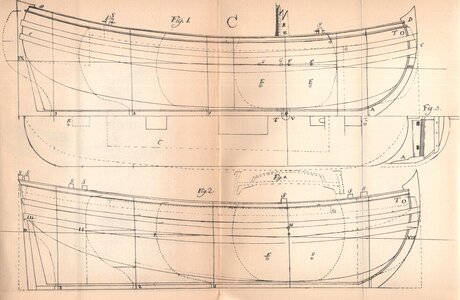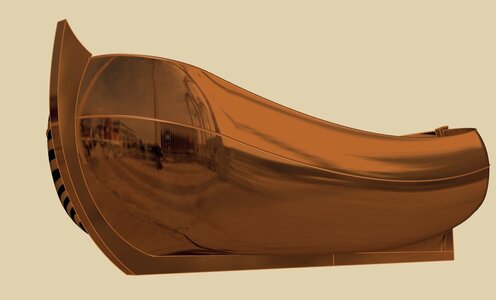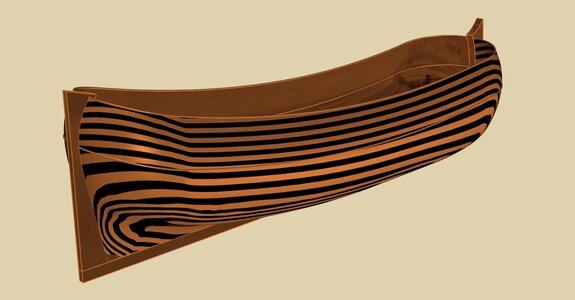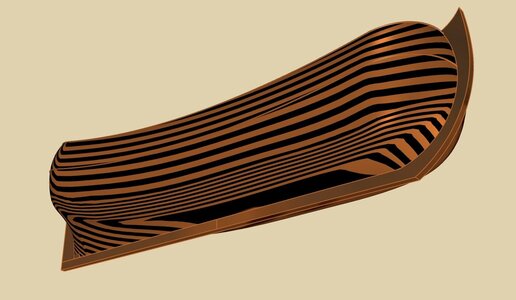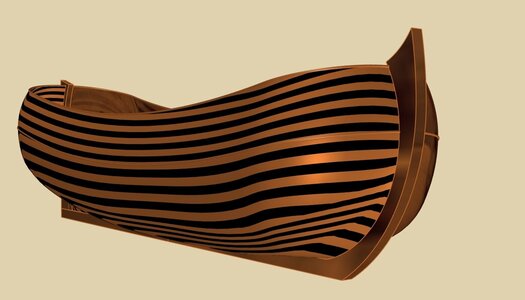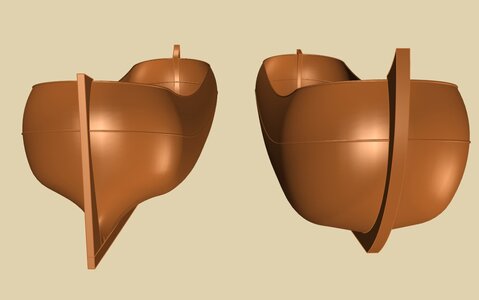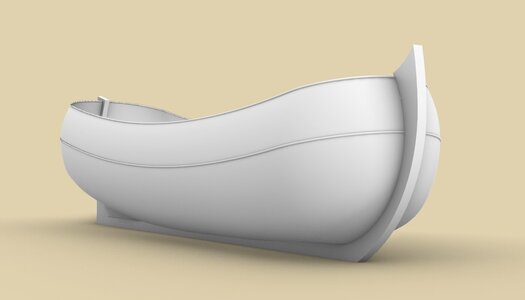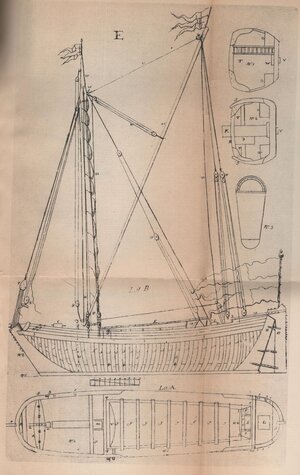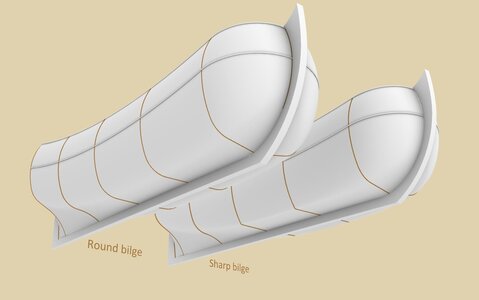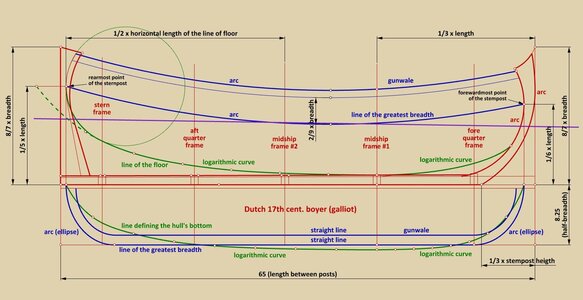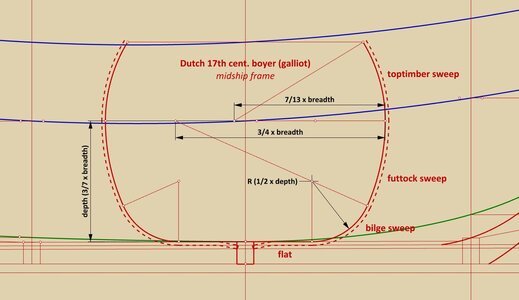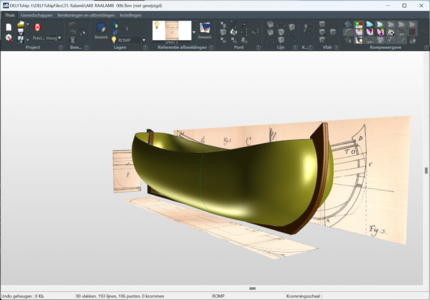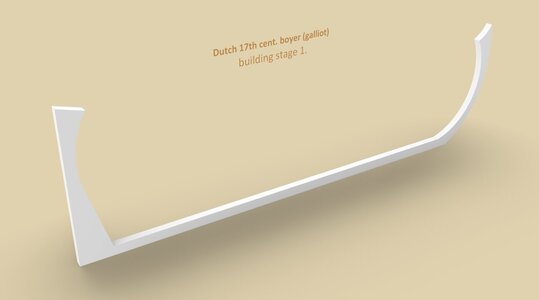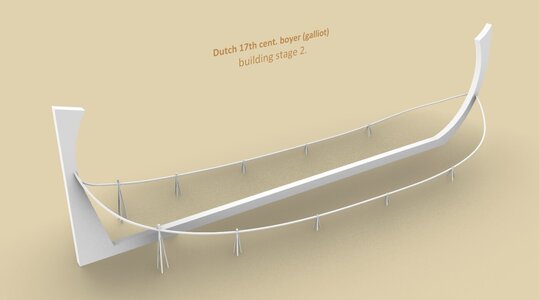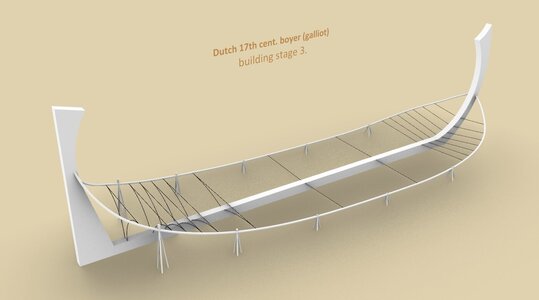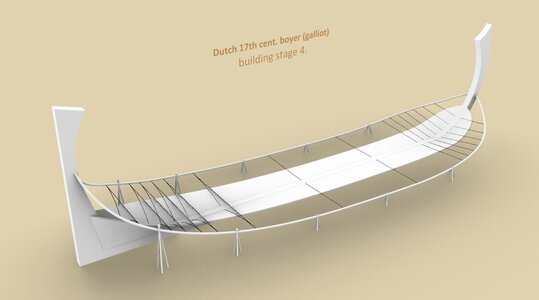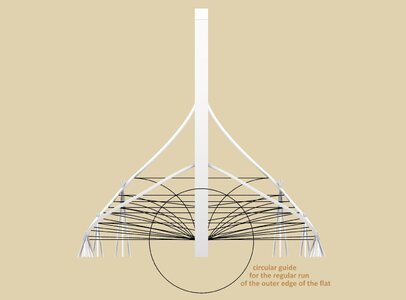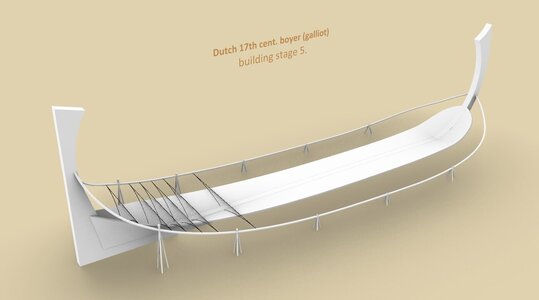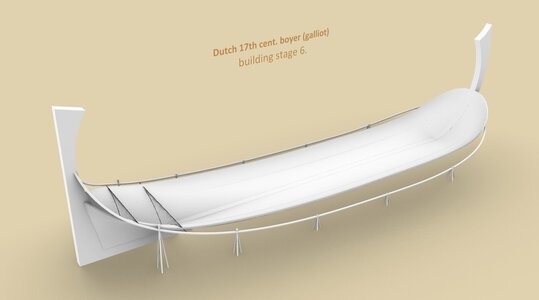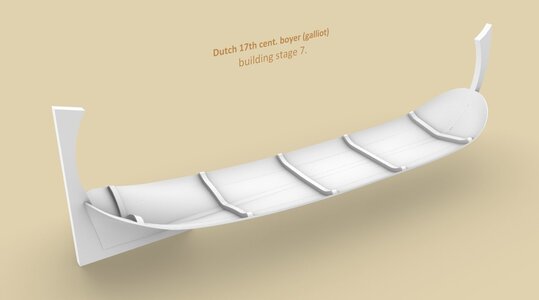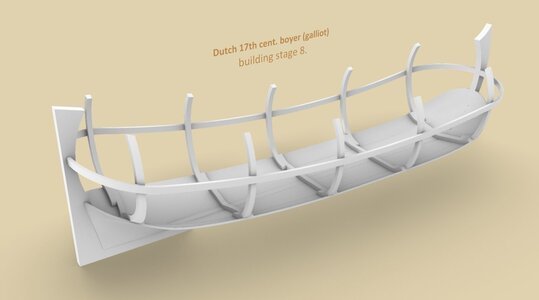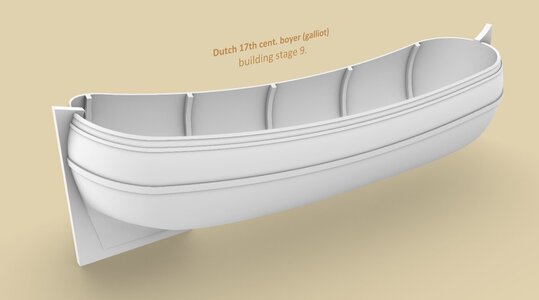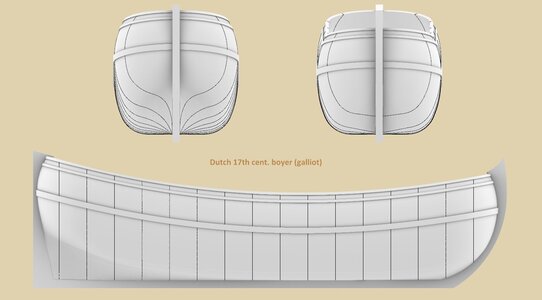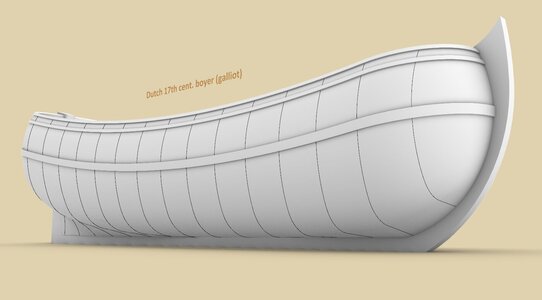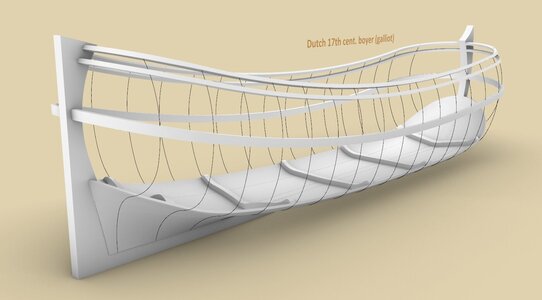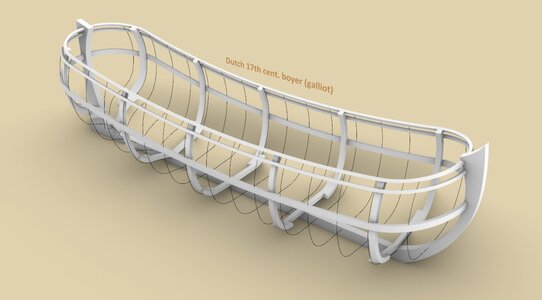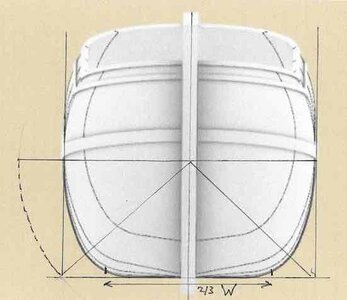Funny that you mention an Encyclopedia. Did you know that Ralamb wrote such a voluminous book? I share this internet fragment with you:
'Åke Rålamb (1651-1718), the son of Baron Claes Rålamb and Anna Stålarm, served in the Life Guard, becoming a colonel in 1711. He is the author of an encyclopedia, entitled 'Adelig Öfning' (Noble Exercise), of which six scattered volumes appeared in 1690–1694, on arithmetic, surveying, rapid writing, fortification, shipbuilding, economics, household, etc., with engraved copper engravings executed by the author. An extract, including interest calculation, became a chapbook under the title 'En liten handbok af adeligöfning' (a small handbook of nobility) and was published in a number of editions until the 19th century.
His 'Deduction how large land acquisitions came illegally from the crown' was published together with a writing by Edvard Ehrenstéen in 1709. He is also alleged to be the author of a handwritten writing 'Refuting the clergy' in Stockholm's sermon on tax money in 1693, which was subject to prohibition. In the Rålambska collection in the Royal Library there are several collections of royal letters and decrees on various subjects, prepared by him. A "Samblebook" of laws, constitutions and more prepared by Rålamb (19 volumes of folio and 7 volumes of "key") was purchased by the Swedish state in 1698 for 6,000 thalers of silver coins and is held in the National Archives.'
Part ten in his encyclopedia was about shipbuilding. It is hardly defendable that he has been a real expert in shipbuilding, amongst all these other specialisms. I seem to have read somewhere that he and Nicolaes Witsen met in Amsterdam (gentlemen among themselves...) That he was not a 'man of the trade' is not surprising for a nobleman like him. Like Witsen (and many more patricians) he seemed to have felt the publishing of a contribution to society as one of the tasks in a gentleman's life. That's why he probably wrote this work.
I recognize Witsen's instructions for the construction of the main frame in many of Ralamb's drawings. Tragic detail of his instructions is that they are totally useless. Nice for constructing a main frame, but for all the other frames we have no clue from where to draw our sweeps. But Ralamb offers the reader a method to construct some more frames:
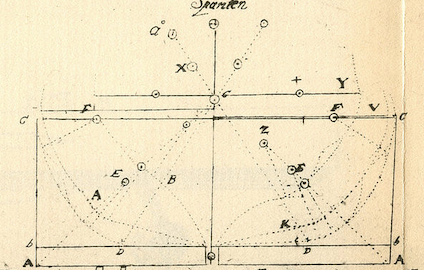
That is remarkable and this method should be investigated thoroughly, but that seems to be more complicated than expected.
I found the text referring to this page in my modest archive. It is a transcript/translation of Ralambs text for this page and the one before, written by a Werner Dammann in German. He complaints:
'Ralamb's work is almost 300 years old, written in an old-fashioned Swedish, which made the translation quite questionable in places. As Ralamb himself complains, the engraver made a few mistakes, and mistakes by the typesetters may have crept in - as far as the mistake was recognizable, I corrected it in the translation, but this was not always possible. Below are some expressions that may have different meanings or are unclear from case to case. Width: the expression is also used by Ralamb for length! half width: is used by Ralamb both for the body plan and for the top view, but can also refer to dimensions, which is often very confusing. Ridge is always the highest point of an arc or curve. Impact is always the circle - impact meant. Point can be the starting point for the point of the compass as well as a reference point provided with a code letter. Ralamb says in all Centrum, which is only partially correct. Letters - spelling: the spelling of Note - Letters differ between text and drawings in some cases. For example, the frames have letters that are not identical to those of the side and top views. In addition, upper and lower case letters were mixed up several times. Bottom width: the expression could not be clarified. [Ralamb, page 3, line l] Fractions in Ralamb: page 2 line G, 5th line, the denominator of the fraction cannot be identified [6/?].'
Many tests show that only seldom the constructed main frame as described by Witsen, matches with anyone described in specification contracts. I always had the feeling that Witsen added this peculiar method to compete with the book 'Hydrographie contenant la Théorie et la Pratique de toutes les parties de la navigation' (1643) by Father Fournier whom he admired much. A technical construction always looks much more interesting in a book than just some rules of thumb Witsen could refer to. Nevertheless Ralamb succeeded in presenting something, probably with more chance of success. In his 10th chapter he gathers a lot of interesting information.
Ralamb writes that, different from what I expected, the lower drawing presents another ship type than the upper one. The latter presents a boyer to be used as a freighter, the other one is an English 'Gay' (?) or Schmack for fishing and for transportation of general cargo. I think here he made another mistake. Different from what he says, the lower one on the drawing is obviously a freighter judged by the big main hatch and the upper one the fishing boat. To me it seems that the similarity is more than a coincidence.
But I will stop here, before you all think I am crazy and try to steal Waldemar's thread. No way!
While writing these lines Fred Hocker's contribution came in. Thank you Fred for your explanation of the ship types. (and can you please answer my question which I sent you on July 3?
Not only Fred came in, but Waldemar offered his latest contribution as well. I should gain some speed in reacting. Well... it's the age.
